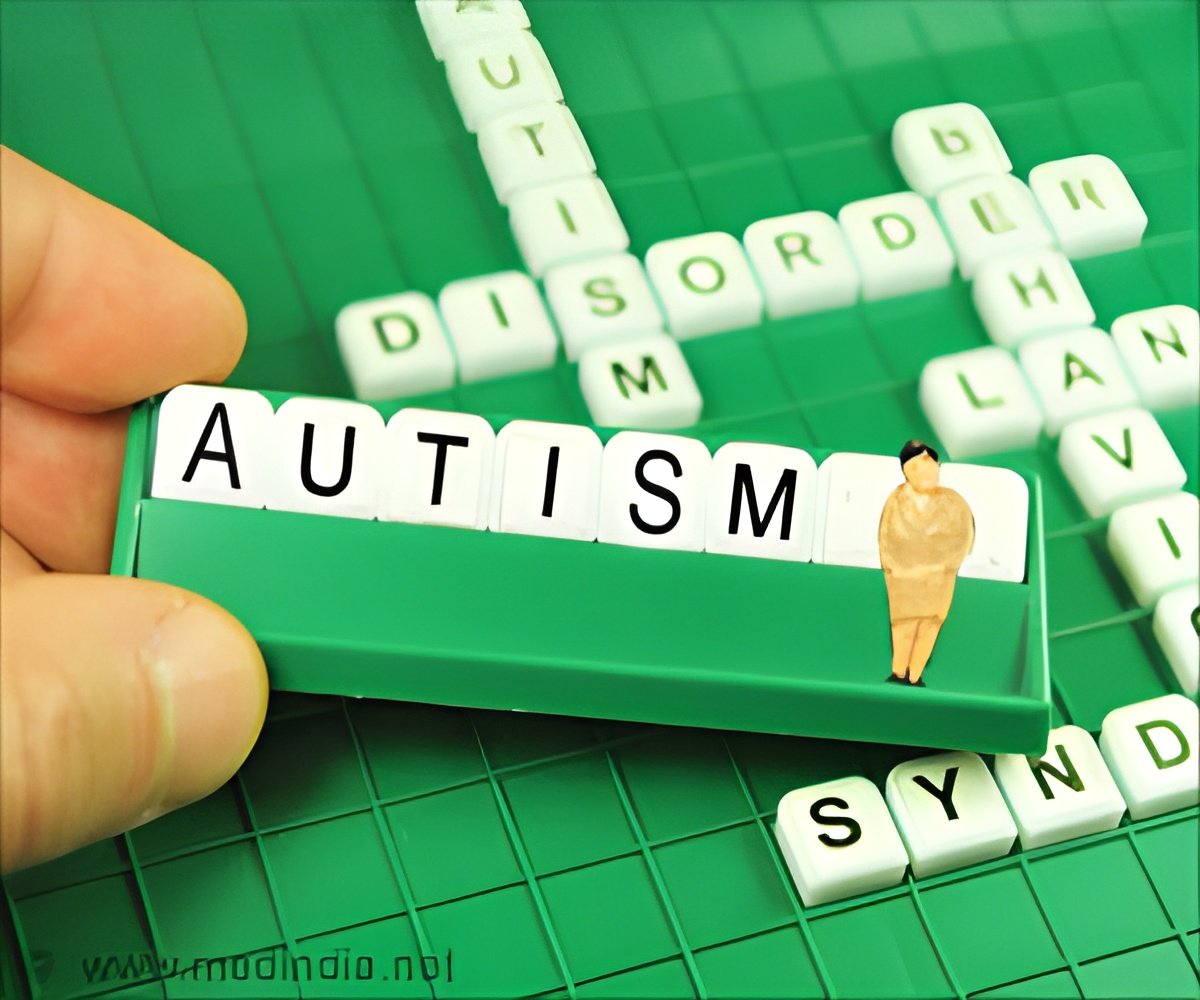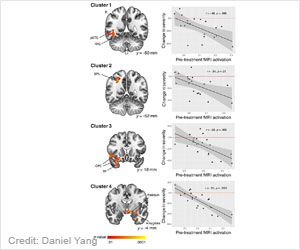One in 68 Americans with autism don't receive a formal diagnosis until adulthood but feel within themselves that they are left out.

‘Adults with autism are sometimes left undiagnosed and when they are spotted, the chances of depression, anxiety and suicide is high.’





"Healthcare professionals must have an understanding of self-diagnosis to help individuals transition to formal diagnosis and to adequately educate, support, and screen this population for comorbidities," says study author Laura Lewis, assistant professor in the College of Nursing and Health Sciences at the University of Vermont. "Without knowledge of their diagnosis or supports in place, this undiagnosed population is likely at a higher risk of depression, anxiety and suicide." Five major themes emerged from the qualitative study of 37 adults who were in the process of self-diagnosing ASD for an average of 3.8 years. These include managing self-doubt; a sense of belonging; understanding myself; questioning the need for formal diagnosis; and feeling "othered."
Many study participants reported always "feeling different" and "isolated" as children, which continued into adulthood.
A majority of participants said they felt an immediate "fit" after finding out they might have ASD. When reading about other adults with ASD, many participants reported feeling like "others were describing my life" and "a sense of belonging." One participant wrote, "it was both an incredible relief and very upsetting to hear them more-or-less tell my life story in their own words, from their own experiences."
"I wanted to serve as a microphone to voices that were not being heard," says Lewis. "I hope this research helps professionals and the public understand that, first of all, this group of individuals who are self-diagnosed exists; second, that their experiences and self-perceptions should not be dismissed; and finally, that healing is possible through understanding and awareness, whether that is facilitated by a professional diagnosis or not."
Advertisement
"Had I seen Laura's research earlier I would have said, 'That's me, that makes sense,'" said study participant Scott Kramer, who now runs ASD support groups in Chattanooga and north Georgia. "Hearing about her study was like being on an African oasis somewhere and finally seeing water. And trust me, we drink all we can when it comes to research. It's part of ASD - you read everything when trying to self-diagnose."
Advertisement











